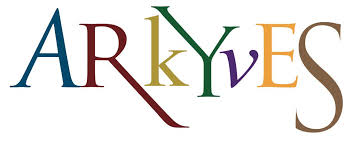Henri van de Waal began development of Iconclass in the early 1950s while Professor of Art History at the University of Leiden, as a method of classifying subjects, themes, and motifs in Western art. Since 2006, it has been managed by the Netherlands Institute for Art History.
Today, Iconclass is the internationally-accepted standard for the description and retrieval of subjects represented in images, and is used by libraries, museums, and art galleries all over the world to describe images in their collections. Visit the Iconclass website to explore the system, or learn more about its features below:
Iconclass is broken up into ten major subject areas: Abstract, Non-representational Art; Religion and Magic; Nature; Human Being, Man in General; Society, Civilization, Culture; Abstract Ideas and Concepts; History; Bible; Literature; and Classical Mythology and Ancient History.
The ten major subject areas of Iconclass are further broken down into a series of increasingly specific levels of keywords. The Iconclass browser allows the user to travel through the levels of the hierarchy, as well as to search for these more specific keywords within it.
Iconclass is available to be fully searched and browsed in English, German, French, Italian, and Portuguese. Additionally, the vocabulary has been partially translated into in Finnish and Norwegian and experimentally translated into Chinese and Dutch (not yet online).

Users on-site at the Folger have access to the full Iconclass browser at Arkyves, containing all of the images from BBI, as well as over 800,000 additional images from a number of institutions all over the world.
Explore Now
Digital images from BBI are also available to be searched, browsed, and downloaded on LUNA, as are over 140,000 additional digital images from the Folger Shakespeare Library.
Explore Now